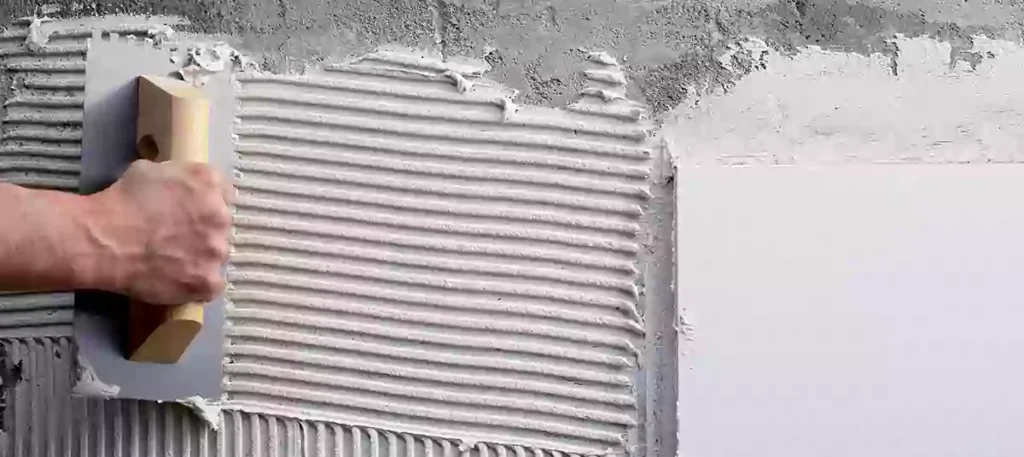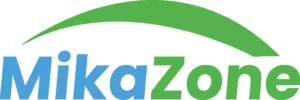HPMC plays a crucial role in various industries, including construction, paints and coatings, ceramics, detergents, and food production, It possesses unique attributes including viscosity, solubility, and film-forming properties. The choice between surface-treated HPMC and non-surface-treated HPMC can notably influence the effectiveness of the final product.
This article offers a comprehensive comparison between surface-treated HPMC and non-surface-treated HPMC, helping professionals make well-informed decisions suited to their specific needs.

Understanding HPMC
HPMC is a cellulose derivative, produced through the chemical modification of cellulose. The introduction of methoxy and hydroxypropyl groups to the cellulose backbone enhances its solubility in water and imparts other functional properties. HPMC is valued for its high consistency, thermal gelation, and compatibility with a wide range of materials. These properties make it suitable for use as a binder, thickener, film-former, and stabilizer.
Two Types Of HPMC:
Surface-treated and Non-surface-treated
In the market, HPMC is available in two primary forms: surface-treated HPMC and non-surface-treated HPMC. Both types exhibit unique characteristics that cater to different industrial needs.
Surface-treated HPMC: This form of HPMC is designed for rapid dispersion and dissolution in cold water. It is particularly useful in applications requiring quick thickening and efficient processing, such as liquid adhesives and coatings. Surface treatment can alter the physical and chemical properties of HPMC, enhancing its interaction with water and thereby improving its solubility. This treatment reduces particle aggregation and increases the dissolution rate, making it easier to dissolve in cold water and significantly shortening the preparation time.
Non-surface-treated HPMC: In contrast, non-surface-treated HPMC offers a more gradual dissolution rate, making it well-suited for applications demanding slow release or prolonged working times. Its superior water retention and stability make it an excellent choice for dry powder formulations like putty powder and cement mortar.
Common Properties of Surface-treated HPMC and Non-surface-treated HPMC
——Thickening
Both forms of HPMC are effective thickeners, capable of increasing the viscosity of solutions and ensuring uniform consistency throughout the formulation. This property is essential in applications where even distribution and stability are required, such as in coatings and adhesives.
——Water retention
HPMC’s ability to retain water and slow down the drying process is particularly important in construction applications, where it ensures proper curing and hydration of materials like cement and lime. This property also contributes to the overall durability and performance of the final product.
——Workability:
Both surface-treated and non-surface-treated HPMC enhance the workability of formulations, providing a smooth, consistent texture that is easy to apply. This is particularly important in construction and coatings, where ease of application can significantly impact the quality and efficiency of the work.

Differences Between Surface-treated HPMC and Non-surface-treated HPMC
1、Differences in Manufacturing Processes
- Surface treatment
Surface treatment is the crucial differentiating factor between the production processes of surface-treated HPMC and non-surface-treated HPMC. This key distinction can enhance your search engine optimization efforts.
- Non-surface-treated HPMC
The production process of HPMC commences with the alkalization of refined cellulose via sodium hydroxide under controlled conditions, leading to the formation of sodium cellulose. Subsequently, etherification with epichlorohydrin and methyl chloride takes place to yield HPMC. The final stages involve neutralization, solvent recovery, washing, and drying to obtain the finished dry powder.
- Surface-treated HPMC
The production of surface-treated HPMC involves treating cellulose ether with glyoxal, which converts carbonyl groups into stable acetal structures. This surface treatment significantly improves the instant-soluble properties of HPMC while maintaining its overall structure, making it ideal for applications requiring rapid dissolution and high performance.
2、Differences in Usage and Performance
Non-surface-treated HPMC:
When mixed with water or other solvents, it initially floats on the surface. Over time, with continuous stirring, it gradually dissolves and disperses, forming a homogeneous slurry. The mixture becomes clear as the HPMC fully integrates.
- Surface-treated HPMC:
When added to cold water, it will disperses quickly and initially vanishes into the water. The liquid remains non-viscous for around 2 minutes. After that, its viscosity increases and forms a transparent, thick gel.
3、Differences In Application
—— Non-surface-treated HPMC
This particular type is highly suitable for powder products such as wall putty and cement mortar. During the stirring procedure, the issues of agglomeration and poor dispersion of non-surface-treated HPMC can be resolved by the friction between sand and mortar. It can also provides outstanding water retention and stability, rendering it an ideal option for these applications.
Optimal Application :wall putty、Masonry mortar、Tile Grouts、cement mortar.etc
——Surface-treated HPMC:
Surface-treated HPMC is highly suitable for application in liquid products like detergents and adhesives.This HPMC variant disperses effectively in cold water, offering high viscosity and stable performance. It resists separation and viscosity loss, making it an excellent choice for construction adhesives.
In the cosmetics industry, surface-treated HPMC enhances formulations by improving thickness, foam, and emulsion stability. High-viscosity HPMC provides excellent thickening properties, while low-viscosity HPMC excels in suspension and film formation. For optimal results, use HPMC at concentrations of 0.3% to 0.5% in your formulas.
Optimal Application :building glue、cosmetics、shampoo、detergent.etc

Choosing the Best Grade for Your Needs
Choosing between surface-treated HPMC and non-surface-treated HPMC depends on your specific application requirements. Surface-treated HPMC is best for products that need fast dissolution and high solubility, such as cosmetics and building adhesives. Its rapid dispersal in cold water and high viscosity make it ideal for efficient processing.
On the other hand, non-surface-treated HPMC is more suitable for dry powder products like wall putty and cement mortar, where slower dissolution and excellent water retention are essential. Once you’ve grasped these distinctions, you’ll be well-equipped to determine the type of HPMC to select for your project!
| Surface-treated HPMC | Non-surface-treated HPMC | |
|---|---|---|
| Dissolving Speed | dissolve quickly in cold water | Relatively slow, usually requiring heating or prolonged stirring to dissolve completely |
| Solubility | High, can dissolve quickly in cold water | Relatively low, poor solubility in cold water |
| Applications | Cosmetics、building glue and other liquid product fields with high requirements for dissolution rate and stability | Moratar、Plasters and other fields with low requirements for dissolution rate |
| Price | High | Low |
How to Select A Stable Supply of HPMC and Tailored Solutions?
Mikazone stands out as a major cellulose ether producer in China, offering top-grade HPMC, HEMC, and HEC chemicals for a variety of construction applications. We specialize in custom solutions, with our experienced team crafting products and formulations to meet your precise specifications. Additionally, our sales team provides comprehensive market analysis and trend updates.
Get in touch with Mikazone now to learn how we can support and improve your construction projects!
